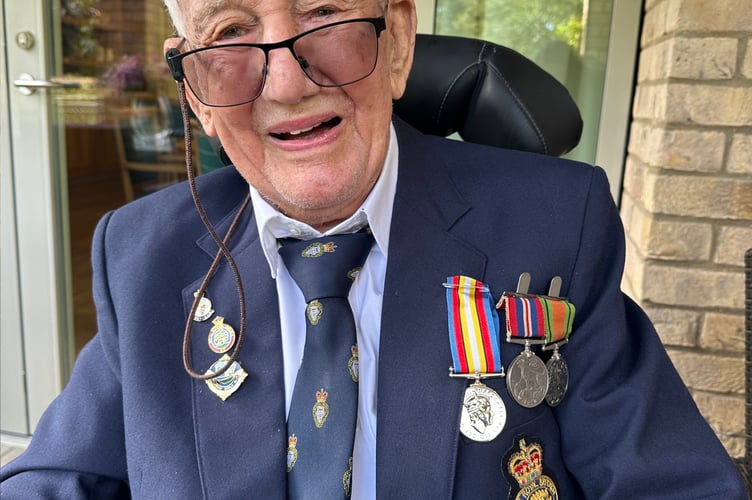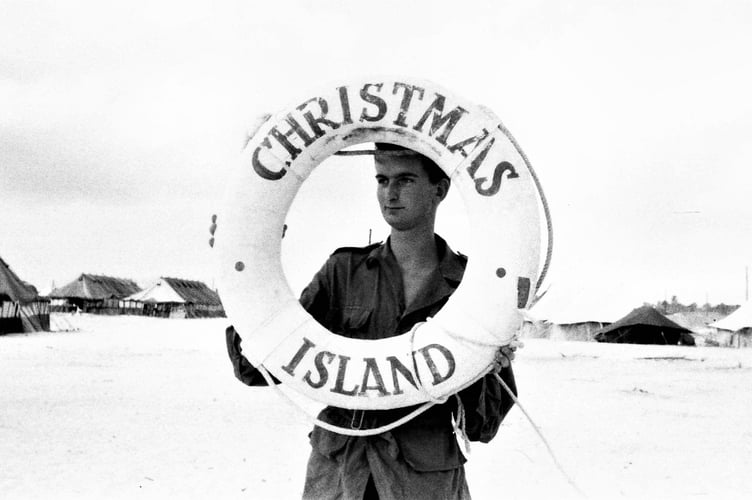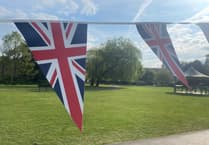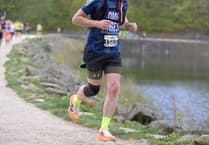For two Farnham residents, it has been a long wait to be recognised for their role in the atomic bomb testing.
John Loader, now 99, was only 28 when he was made the Chief Aircraft Artificer on the Campania in 1952.
The Campania was the command ship for Operation Hurricane, the test of the first British atomic bomb on the Montebello Islands off western Australia.

In the war John’s job was seeing the aircraft bombers land safely back on the ships, and he continued this role on the Campania.
But this time the aircraft was carrying a much weightier cargo – Britain’s first atomic bomb.
After 71 years of waiting, John was finally recognised for his service in the atomic testing last Friday, when representatives from Aldershot’s Royal Navy Association awarded John the Nuclear Test Medal and a Veterans Lapel Badge.

But John is not the only Farnham resident who has had a long wait. It was 1957 – the height of the cold war and the nuclear arms race – when Lionel East was ordered to prepare for a mystery foreign posting.
Lionel, who was 19, and his regiment were headed to Christmas Island in the Pacific Ocean where British servicemen were preparing to detonate a hydrogen bomb.
America and the USSR had already been successful in detonating such a bomb and Britain now urgently needed to prove a similar success.
Lionel’s troop had to build the target indicator, a concrete triangle on the ground with each side 50 yards long. Remarkably this target indicator can still be viewed on Google Earth using 1.703522° -157.238336°.
The hydrogen bomb was detonated on November 8, l957 at an altitude of 2,250 metres, about a mile offshore.

The troops were just 25 miles away, sitting crosslegged on the ground in a coconut plantation, with very little protection. They faced away from the bomb with both hands over their eyes.
The light from the bomb was so bright that after just two seconds, the bone structure in their hands could be seen.
The heat was extreme and the blast so intense that it could be heard in Honolulu, more than 1,000 miles away.
The explosion was more than 100 times greater than that of the Hiroshima bomb at the end of the Second World War.
Now, 66 years later, after tremendous lobbying by veterans, these men have also been awarded a Nuclear Test Medal and a Veterans Lapel Badge in recognition of their service, and as a belated thank you for their tour of duty on Christmas Island so many years ago.





Comments
This article has no comments yet. Be the first to leave a comment.